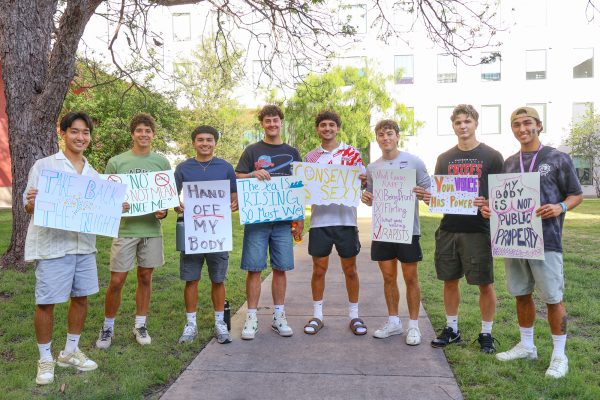Holy Capitalist Scheme Batman: ‘Batman Returns’ hones in on pervasive economic struggles
Personally, it’s not often that I feel compelled to view many superhero films, especially ones that have a bit of age behind them; something about the poorly aged effects depress me a little. Yet in spite of that, there is merit in looking backwards now to Tim Burton’s 1992 “Batman Returns,” which is a sequel to the 1989 “Batman” film. It stars Michelle Pfeiffer, Danny Devito and Michael Keaton, and it’s overall a surprisingly good film, especially considering the rather lackluster “Batman” incarnations in this century.
But the quality of the film isn’t so important, what’s interesting is how the themes in “Batman Returns” relate to the modern day; so brace yourself for spoilers if you haven’t seen the film yet.
The most immediate concept is the underlying anti-capitalist message within the film, primarily through the greedy character of Max Shreck, portrayed by a very contoured Christopher Walken. Shreck represents much of what middle, lower and working class America is wary of: the manipulative and corrupt willing to do abhorrent things in order to promote his wealth. Examples include attempting to murder Selina Kyle (Pfeiffer), planning to siphon energy from the city and manipulating the people of Gotham to remove their current mayor and elect a puppet so he can control the laws.
Not only does this reflect a lot of fear middle and lower class America has of the wealthy, but it also represents our modern reality as well; corporations have a significant power in controlling the political sphere, which effectively creates an unequal playing field for certain citizens while privileging others. For example, this is something we’re currently witnessing in the gun control debate in the wake of the Marjory Stoneman Douglas High School shooting.
On one side, we have scores of non-wealthy individuals who are crying out for more effective gun control laws. On the other, we have politicians, paid preposterous sums of money by the National Rifle Association, insisting that guns are not the problem. In fact, guns are the solution. Give people more guns.
This is an instance in which laissez-faire economics have allowed for widespread corruption that is quite literally killing our citizens. But unfortunately, the killers are wielding semi-automatic handguns rather than umbrellas.
On the topic of Selina Kyle, Catwoman’s arc within the film is very much an essential and necessary feminist narrative. Working a demeaning position under Shreck, consistently overlooked by others, Selina finally snaps after Shreck pushes her from a window and she awakes to several cats trying to eat her. So she comes home, destroys various symbols of traditional femininity, dons a black leather suit, puts on some killer lipstick and goes out to take revenge on the world that treats women so badly: “Life’s a bitch, now so am I.” Iconic.
It’s a rather white-centric feminist narrative, certainly, but there are aspects of it that are still universal to the plights of modern women today, especially since our political environment is so openly misogynistic and limiting. It’s nice to see her try to take back her stolen autonomy, which is something most marginalized people can identify with.
So what’s the takeaway here? Get furries to fight the bourgeoisie and misogynists? Or to stand up against them ourselves? Either way, we had better get on it, lest our own world resemble Burton’s.






